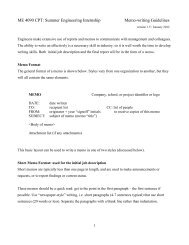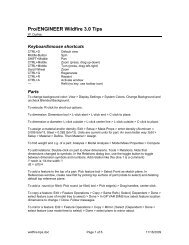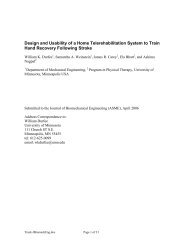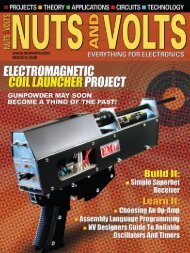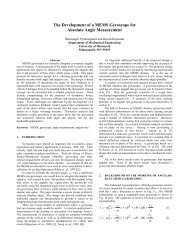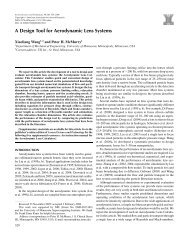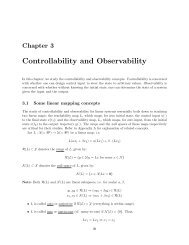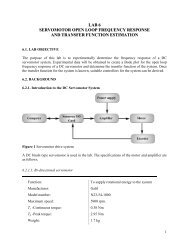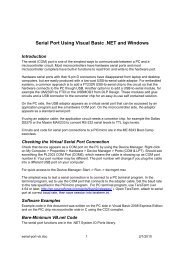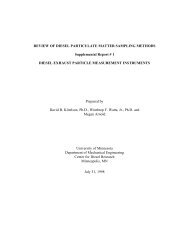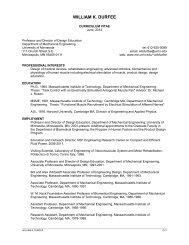Review of diesel particulate matter sampling - Department of ...
Review of diesel particulate matter sampling - Department of ...
Review of diesel particulate matter sampling - Department of ...
Create successful ePaper yourself
Turn your PDF publications into a flip-book with our unique Google optimized e-Paper software.
Table 3. Particle – Wall Interactions<br />
Mechanism Impact Recommendations<br />
Inertial<br />
impaction<br />
Electrostatic<br />
deposition<br />
Thermophoretic<br />
deposition<br />
Diffusional<br />
deposition<br />
Gravitational<br />
deposition<br />
• Removes small number <strong>of</strong> the<br />
largest particles (represents a<br />
larger fraction <strong>of</strong> the total<br />
<strong>particulate</strong> mass)<br />
• Introduces variability through<br />
unpredictable reentrainment <strong>of</strong><br />
deposited mass<br />
• Inertial and gravitational losses<br />
are quite small for particles in<br />
0.1-1.0 μm range<br />
• Electric charge build-up on<br />
sample lines attracts charged<br />
<strong>diesel</strong> <strong>particulate</strong> <strong>matter</strong>,<br />
causing it to deposit on line<br />
walls<br />
• Large temperature differences<br />
between exhaust gas and sample<br />
lines causes thermal driving<br />
force depositing particles on line<br />
walls<br />
• Most significant losses occur<br />
during transient duty cycles<br />
• Diffusion for particles in the size<br />
range that represents the<br />
majority <strong>of</strong> the mass is negligible<br />
(> 0.1 μm)<br />
• Diffusion for particles (< 0.03<br />
μm) in the size range that<br />
represents the majority <strong>of</strong><br />
number is also small, but should<br />
be considered for the smallest<br />
size ranges measured<br />
• Minimal impact on <strong>diesel</strong><br />
<strong>particulate</strong> losses<br />
• May introduce variability<br />
through unpredictable<br />
reentrainment <strong>of</strong> small deposited<br />
mass<br />
Source: Kittelson, D. B., and J.H. Johnson (1991)<br />
01/14/99 Page 14<br />
• Avoid sharp changes in sample<br />
line diameter or direction<br />
• Isokinetic <strong>sampling</strong> not as<br />
important for submicron<br />
particles<br />
• Use metal sample lines to avoid<br />
electrostatic build-up<br />
• Avoid Teflon sample lines,<br />
prone to large build-up <strong>of</strong><br />
electrostatic charge<br />
• Insulate / heat sample lines to<br />
avoid large differences in<br />
temperature between lines and<br />
exhaust gas<br />
• Difficult to eliminate diffusional<br />
deposition<br />
• Use short <strong>sampling</strong> lines<br />
• Avoid unnecessarily long<br />
horizontal sections <strong>of</strong> sample<br />
lines where large particles may<br />
settle



